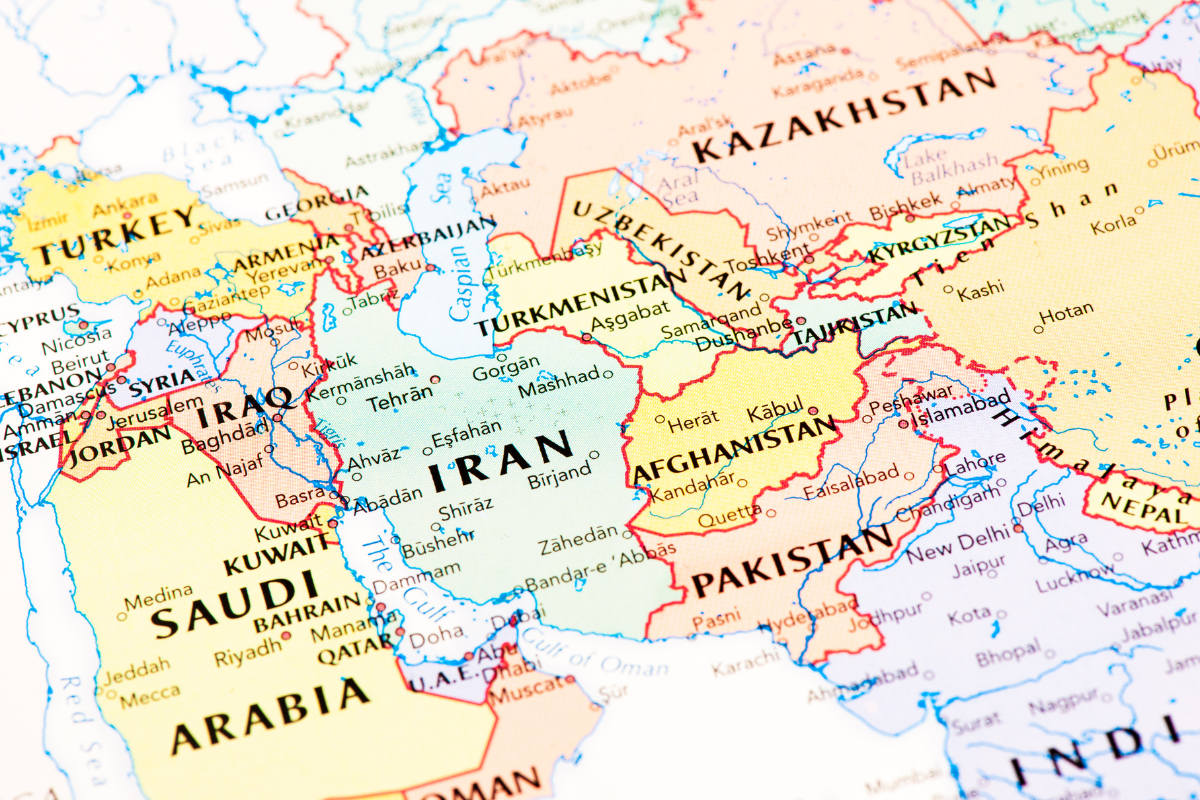Latin American investors are battle-hardened. We come from a history marked by political and economic crises (the tequila effect in the 1990s, hyperinflation, the “corralito” and defaults in Argentina, the impeachment of Dilma Rousseff in Brazil, Chavismo in Venezuela, the banking crisis and dollarization in Ecuador…) that have led us to keep part of our savings abroad. Traditionally, Switzerland and the United States have been the preferred destinations for those seeking to protect their wealth from the volatility that has characterized many regional markets.
The Dollar and Stability: A Concept Deeply Rooted in the Collective Psyche
Regardless of where offshore accounts are held, the total asset composition of regional investors has followed an undeniable pattern: local currency and local assets in the domestic market, and hard currency in offshore accounts. The dollar has long been the safe-haven asset against decades of instability, and in the Latin psyche, it is the continent’s collective currency.
The dollar is the de facto currency for offshore investments, both for individuals and institutions. The rationale is clear: it is the hard currency tied to the world’s largest and most liquid market, both in equities and in debt. Additionally, during risk-off episodes, it has offered a refuge and low correlation with local assets.
According to data from J.P. Morgan, the dollar accounts for nearly 90% of global currency transactions, 66% of international debt, 58% of global reserves, and 48% of payments processed through SWIFT (Society for Worldwide Interbank Financial Telecommunication)[1].
The Problem: This Thesis May Be Tested in the Coming Years
The dollar’s overvaluation against a broad basket of developed and emerging currencies has been widely noted in recent years. However, under the shield of American exceptionalism, a correction seemed unlikely—until it wasn’t.
Currencies Can Defy Gravity for Long Periods
It is hard to pinpoint a single factor behind the correction now underway. Valuations matter, and by many expert accounts, the dollar was at levels of overvaluation not seen since 1985.
Combine this with an expansive fiscal policy, a growing deficit unlikely to be resolved, rising trade tensions, and declining confidence in U.S. institutional strength, and the market’s response becomes logical: “To lend to the United States—in other words, to finance its deficit—I now require a higher risk premium, and the same applies to the returns I expect from companies affected by tariffs.”
This same risk premium raises the risk-free rate used to discount future cash flows and value all financial assets. However, this premium is not global—it is specific to the United States due to its internal challenges. As a result, it should disproportionately affect U.S. debt and equity markets, as well as the dollar.
Additionally, the impact on sentiment, uncertainty, and the erosion of confidence in U.S. fiscal and trade policy may reduce investment inflows to the U.S., redirecting capital toward stronger economies with better growth potential.
What Does This Mean for the Latin American Investor?
The first takeaway is that, in the medium term, the dollar may no longer serve as the region’s safe haven. One can easily imagine a market correction—not as extreme as 2008—where local currency assets post negative returns while the dollar itself also weakens. In this scenario, portfolios heavily invested in offshore dollar assets could suffer a double loss: losses in local markets amplified by losses in dollar-denominated investments. The same would apply to the total net worth (domestic and offshore) of private investors.
For institutions in countries with high domestic interest rates—such as Brazil or Mexico—the situation is even more complex. These portfolios are often expected to deliver returns comparable to local rates, which leads to an overweight in equities, high-yield credit, and generally riskier assets. Historically, the thinking has been that a rising dollar would cushion declines in risk assets and local holdings.
It is important to note that a correction in the dollar toward long-term fair value does not negate its role as a safe haven in extreme risk-off scenarios. However, when the imbalances stem from the U.S. itself and uncertainty surrounds its policy direction, a drop from historically elevated levels seems reasonable.
No Magic Solutions, Only Sound Investment and Portfolio Principles
A logical response to today’s uncertainty is to seek diversification into other hard currencies and markets. At the individual level, several advisors and asset managers note that currently less than 5% of Latin American investors’ wealth is allocated outside the dollar. Institutions—central banks excluded—also show very low levels of currency diversification.
A good starting point for diversifying the assets of individuals and institutions in our region would be to reference the weight of the dollar and U.S. assets in global equity and bond indices.
The MSCI World is a global equity index representing large- and mid-cap companies in 23 developed countries (it does not include emerging markets). It is capitalization-weighted, with the United States accounting for around 70% as of the end of May 2025. Because it excludes emerging markets, this index complements portfolios already exposed to Latam.
In fixed income, the Bloomberg Global Aggregate Bond index is widely regarded as a reference for a diversified, high-quality debt portfolio. In it, the U.S. represents nearly 40%—meaning the investor has 60% exposure outside of the dollar and U.S. bond markets, with allocations to countries such as Japan, Germany, and Canada, among others.
Beginning to think in terms of global indices rather than the S&P 500 would be a first step toward building more resilient portfolios for the Latin American investor. In a recent note, J.P. Morgan Private Bank stated: “Given that dollar risks appear to be skewed to the downside, we believe investors (particularly those whose wealth is denominated in another currency) should review their currency allocations as part of a broader, goal-based plan.”
I couldn’t agree more. It’s time to review portfolios and consider the range of possible scenarios for the coming years—a task that many advisors and portfolio managers in the region have likely already begun.
[1] Source: J.P. Morgan Private Bank, www.privatebank.jpmorgan.com/latam/es/onsights




